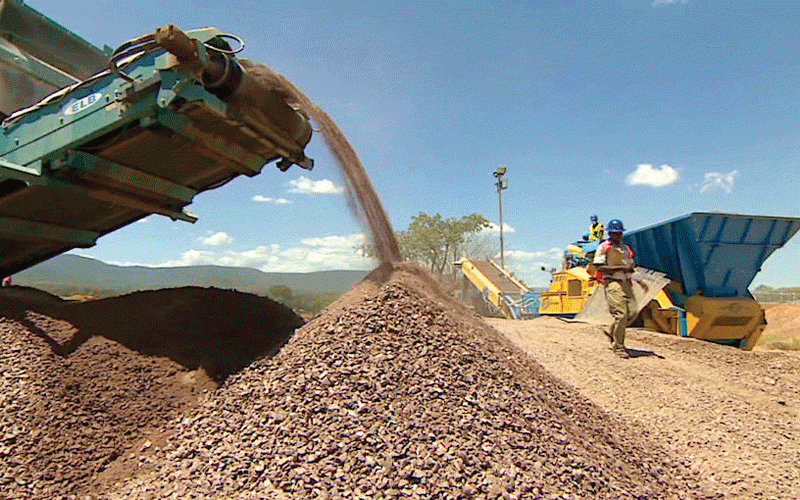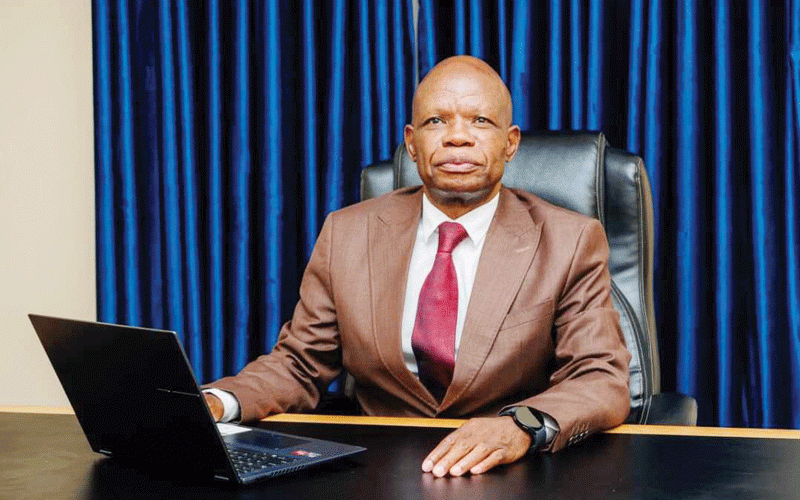
Mining revenues are expected to drop by 10% this year due to a global fall in commodity prices and persistent power cuts, according to a report by IH Securities.
The sector generated US$5,2 billion last year.
In its outlook for the sector, IH noted that the market was likely to experience continued volatility, persistent power cuts, and erratic policy shifts.
“Forecasts for 2024 point to growth of 7,6% in mineral output as mining companies ramp up production to compensate for 2023’s revenue losses,” IH said.
“Mineral revenues, however, are forecast to fall 10% in 2024 as global prices of most metals are expected to remain depressed. This follows a 7,6% decline in mineral revenue to US$5,2 billion in 2023 from US$5,6 billion in 2022. In the outlook, the mining sector will likely continue battling market volatility, persistent power cuts, and erratic policy shifts,” the firm said.
The Zimbabwe Independent reported last week that rolling blackouts experienced in the past few weeks have paralysed strategic industries, triggering fears of a major downturn that could precipitate firm closures and job losses.
Industry leaders warned that so deep were the blackouts — glossed over by government — that clusters of manufacturing firms have been forced to run for only six hours a day.
It is a fresh blow to an economy that has been rattled by perpetual problems for over a decade.
- Mines propose fresh power import deal
- Fresh warning over gold coins
- International Book and Copyright Day, in the context of reading culture and climate change
- Motorist robbed while relieving self
Keep Reading
IH noted that surging operating costs and weak performance in key minerals, also weighed on profitability last year.
“The sector grew by 4,8% in 2023 against initial projections of 10,4%, weighed down by loss of value on the surrender portion of exports owing to discrepancies between the official and parallel exchange rates,” it said.
“Plummeting commodity prices also led to falling revenues and compounded with surging operating costs to decrease profitability.”
However, the report noted that capacity utilisation was expected to rise to 90% from 84% in 2023, driven by gold, ferrochrome, and coal.
According to the Chamber of Mines of Zimbabwe, the mining industry accounts for 13% of gross domestic product (GDP), 70% of foreign direct investment, 75% of exports, 19% of government revenue, 2,5% of formal employment and 11% of individual incomes.
The report said gold and platinum account for about half of the country’s export revenue.
It also noted that low water inflow into Lake Kariba due to drought will curtail hydropower generation into the second half of 2024, affecting production.
“Although Hwange 7&8 came online in 2023 adding 600MW to the grid, the local mining sector continued to battle power supply issues during the year, impacting production. The total power supply was approximately 1 326MW (including exports) against national demand of 1 700MW, hampered by persistent breakdowns and scheduled maintenance at Hwange, plus low water levels at Kariba,” IH said.
“According to the Chamber of Mines, the mining industry demanded about 450MW of power in 2023. In the outlook, low water inflow into Kariba due to the El Nino-induced drought is expected to curtail hydropower generation into the second half of 2024.”
The firm highlighted that the country is likely to suffer a power deficit of approximately 400MW hindering progress in lithium mining and mineral processing projects.
“Moreover, transmission infrastructure challenges at Hwange are expected to be sustained, resulting in a power supply gap of about 400MW. The World Bank estimates that Zimbabwe’s power shortages cost the country a total of 6,1% of GDP per year,” IH said.
“With the surge in lithium mining and mineral processing projects, Zimbabwe Investment and Development Agency forecasts that the mining sector will require about 2 000MW by 2025, against an average annual generation of 1 500MW. The reported warned that concerns had already been raised as to whether the country can generate sufficient power for its lithium beneficiation plans.
It said electricity tariff increases had also burdened the sector, with most miners opting to rely on alternative power supplies.
“Electricity tariffs increased by 40% in October 2022, and by a further 15% in October 2023. These increases exerted cost pressures on miners, whose operations are energy-intensive. Furthermore, miners have had to resort to the use of diesel generators where power supply from the grid is erratic, sharply increasing operating costs,” IH said.
“Investments into alternative power solutions have, however, helped miners offset their power costs. For example, Caledonia’s 12 MW solar plant resulted in savings of US$38 per ounce on its all-in-sustaining cost for 2023.”






